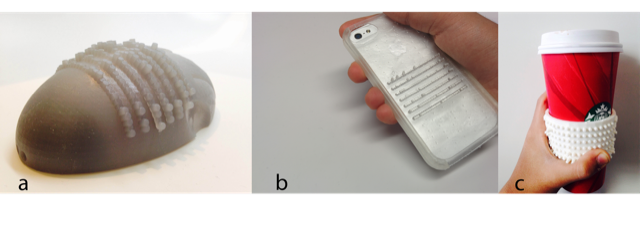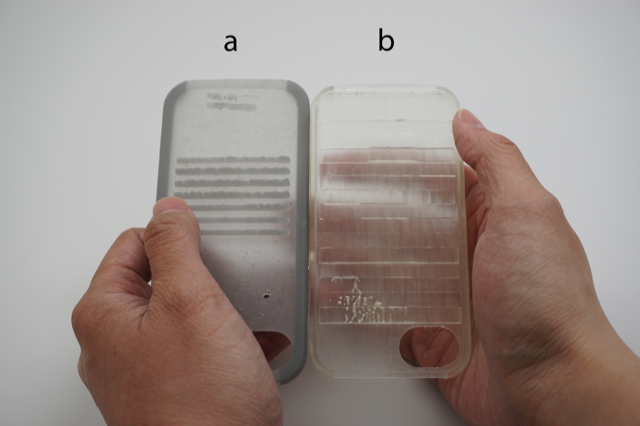Data-Objects
HCI / Affective Computing / Tangible InterfacesData-Objects introduces the idea of re-designing physical objects that a person uses every day to act as tactile affective interfaces. Data-Objects are a means to provide users information about their use of different everyday objects and how it affects them.
We do this by re-designing the objects to embed information in the physical body of the object itself without hampering its original functional capability. By 3D printing the body in a set period of time, differences in the information represented on the physical body over the time are aimed at highlighting patterns of how the usage of that object has been affecting the user.
The overwhelming digital information that we are exposed to and the disconnect that it has from what it is representing makes the relation of the information to the different aspects of our life not effective. We think that using physical forms of objects to provide information can make the data more meaningful, enhancing the value of the object beyond its intended function. Physical forms can provide subliminal and tactile feedback to the users as they use the objects throughout the day, without specific visual attention. Being present physically ensures that people are more conscious of the data and patterns, and makes the data visible to other people as well.
Papers
- Zhu, C. L., Agrawal, H., Maes, P. "Re-designing Everyday Objects as Tactile Affective Interfaces". Affective Computing and Intelligent Interaction (ACII), 2015 Humaine Association Conference on. IEEE, 2015 (to appear)


